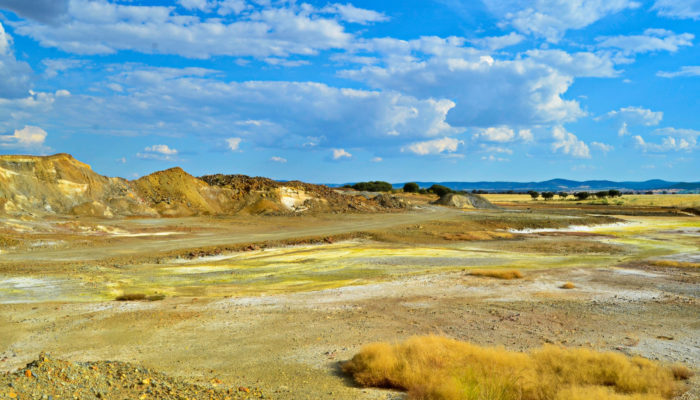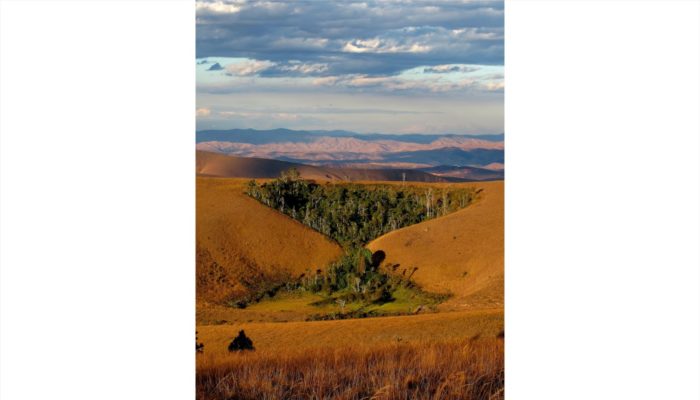Acid drainage coming from the gangue piles of a metal sulfide mine. The resilient vegetation consists of isolated patches of Spergularia rubra and Molineriella laevis. Description by Juan Antonio Campos, after the description on imaggeo.egu.eu. Imaggeo is the EGU’s online open access geosciences image repository. All geoscientists (and others) can submit their photographs and videos to this ...[Read More]
Imaggeo On Monday: Effect of acid drainage on soil




